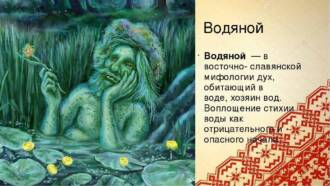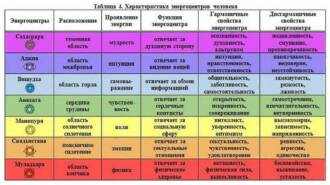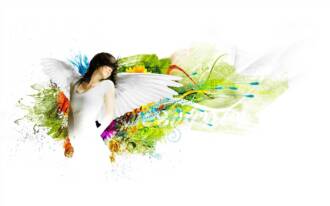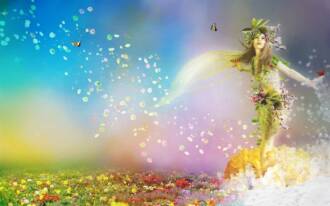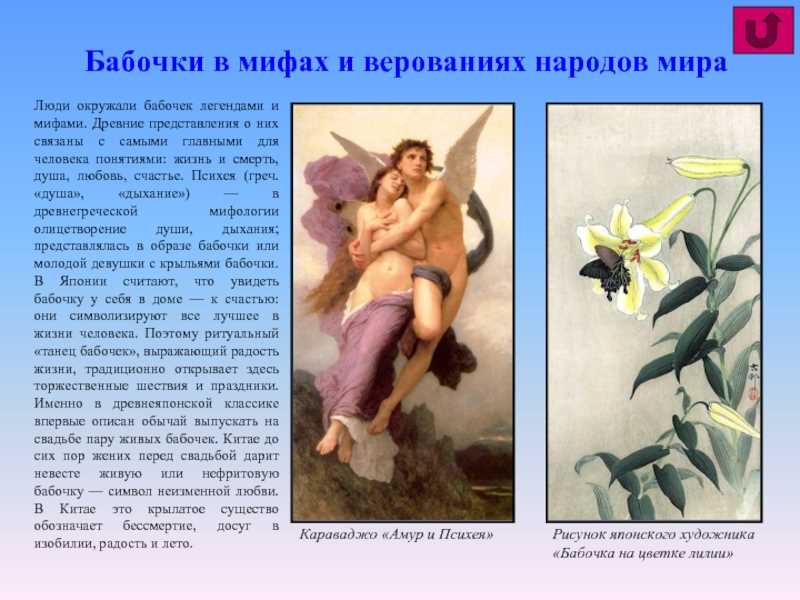
Butterflies are magnificent creatures that attract attention and arouse admiration for their tenderness and beauty. In different cultures, they play a special role and symbolize different concepts and ideas.
In some cultures, the butterfly is associated with transformation, rebirth and change. Its life cycle, starting from a caterpillar, turning into a chrysalis and then into a beautiful butterfly, is a symbol of transformation and changes in human life. This process reflects the idea of the possibility of self-development, overcoming difficulties and achieving personal growth.
In other cultures, the butterfly is associated with spiritual powers and magic. Its lightness and freedom of flight symbolize spiritual freedom and higher power. The butterfly is also seen as a messenger from another world that can bring prosperity and good luck.
In some cultures, the butterfly is a symbol of beauty, elegance and femininity. Its light and graceful flight is associated with grace and refinement. Butterfly can also be a symbol of love, romance and tenderness.
Butterflies are not only beautiful creatures of nature, but also mysterious symbols that attract attention and inspire people in different cultures. Their beauty and symbolic meaning make them special and attractive to many people.
Amazing natural phenomenon
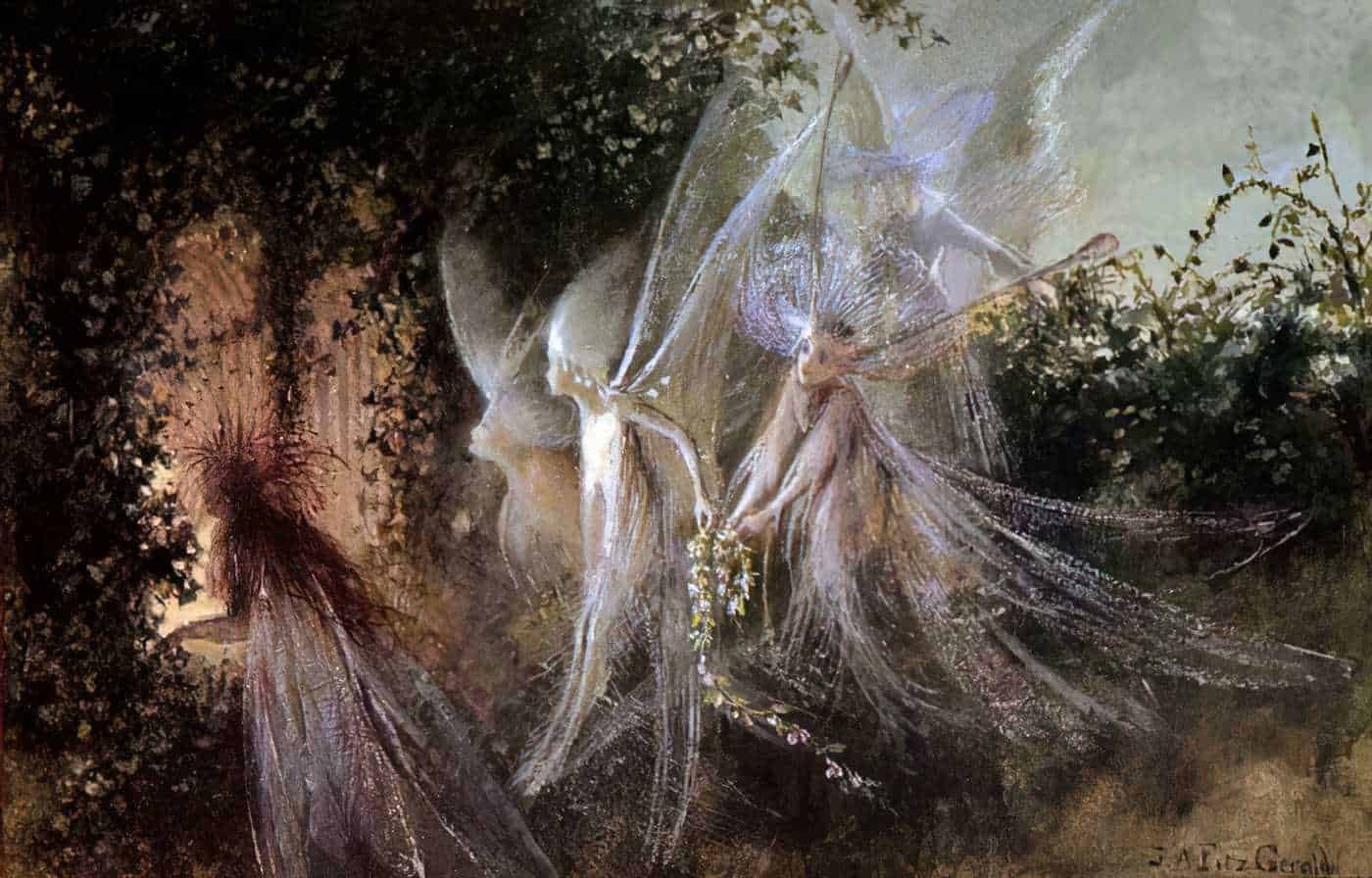
Butterflies are beautiful creatures

Butterflies are one of the most beautiful and amazing natural phenomena. Their delicate wings are covered with a variety of bright patterns that attract the attention and admiration of people. They have a unique beauty and lightness that make them especially attractive.
Butterfly symbolism

Butterflies have a deep symbolic meaning in various cultures. In many traditions, they are associated with transformation, growth, and change. The butterfly goes through a process of metamorphosis, turning from a caterpillar into a beautiful insect. This phenomenon symbolizes rebirth, the transition from one phase of life to another. The butterfly is also associated with lightness, freedom and elegance.
Butterflies in different cultures
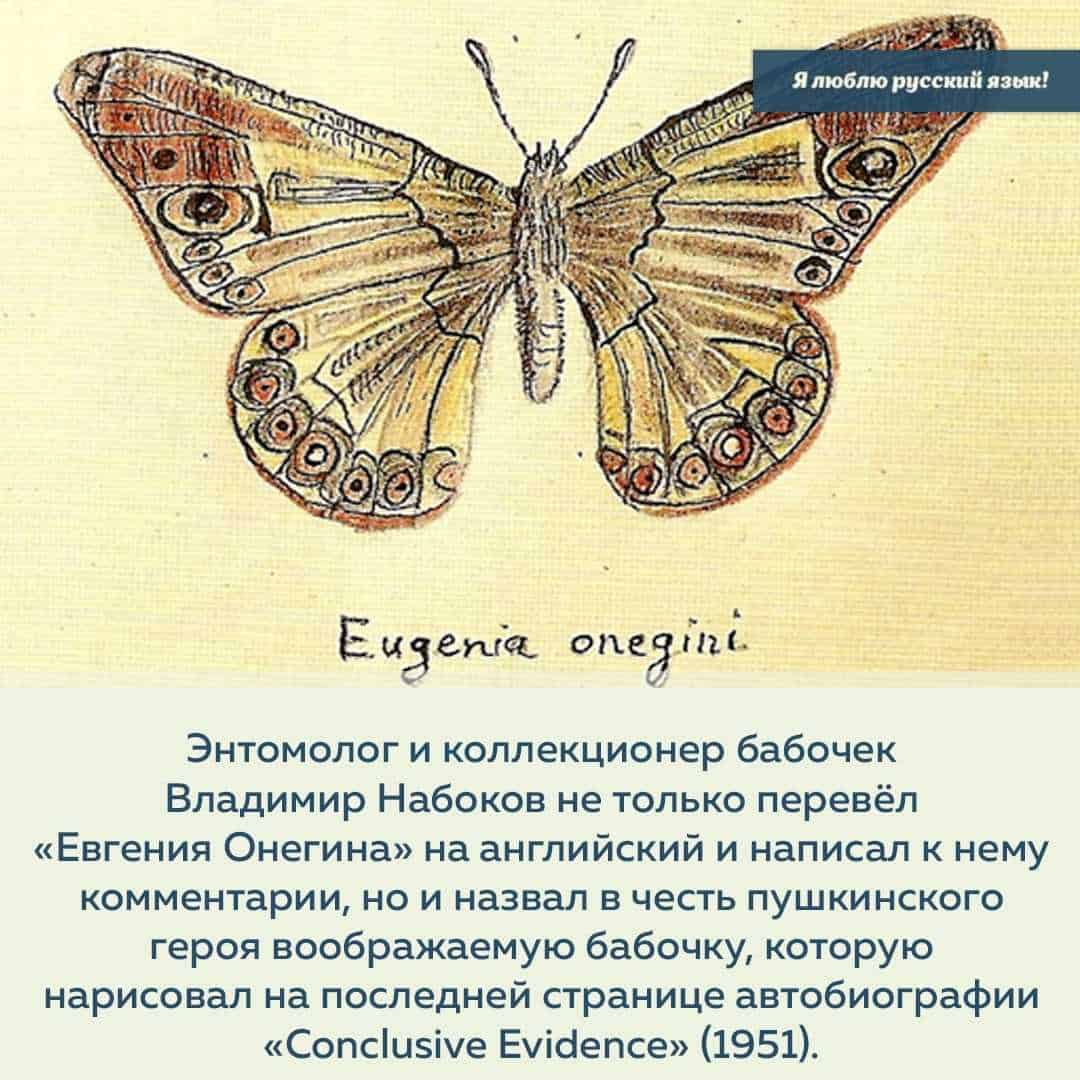
In various cultures, butterflies are considered symbols of love, beauty, joy and spirituality. For example, in Japanese culture, the butterfly is associated with femininity and elegance. In Mexican culture, butterflies are associated with the Day of the Dead holiday and the belief in the immortality of the soul. In Celtic culture, the butterfly symbolizes spiritual insight and spiritual transformation.
Thus, butterflies are an amazing natural phenomenon that attracts the attention and admiration of people with its beauty and symbolic meaning. They are unique creations that embody transformation, lightness and elegance.
Symbols of transformation and change
Butterflies, as symbols of transformation and change, are common motifs in various cultures. Their wings, transforming from a caterpillar into a gentle and beautiful creature, symbolize changes and transformation in a person's life.
In the mythology of many peoples, butterflies are associated with the souls of the dead or with messengers of heavenly powers. For example, in ancient Greek mythology, butterflies were considered messengers of the goddess of spiritual love and the materialization of desires - Eros. They were a symbol of the revelation and transformation of the human soul.
In Chinese culture, butterflies are also associated with change and transformation. Traditional Chinese art often depicts pairs of butterflies, which symbolize happiness, love, and long life. Butterflies are also often seen in Chinese designs and embroidery.
In the Native American culture of North America, butterflies are considered a symbol of freedom and change. They are interpreted as messengers of the spirits of nature and are considered the souls of dead ancestors. Butterflies also play an important role in the rituals and rituals associated with the worship of spirits.
Beliefs and symbolism associated with butterflies reflect the universality of these winged creatures in the culture and mythology of different peoples. They remind us of the eternal cycle of life, transformation and change, and give a special magic and attraction to butterflies in the eyes of people.
Butterflies in folklore
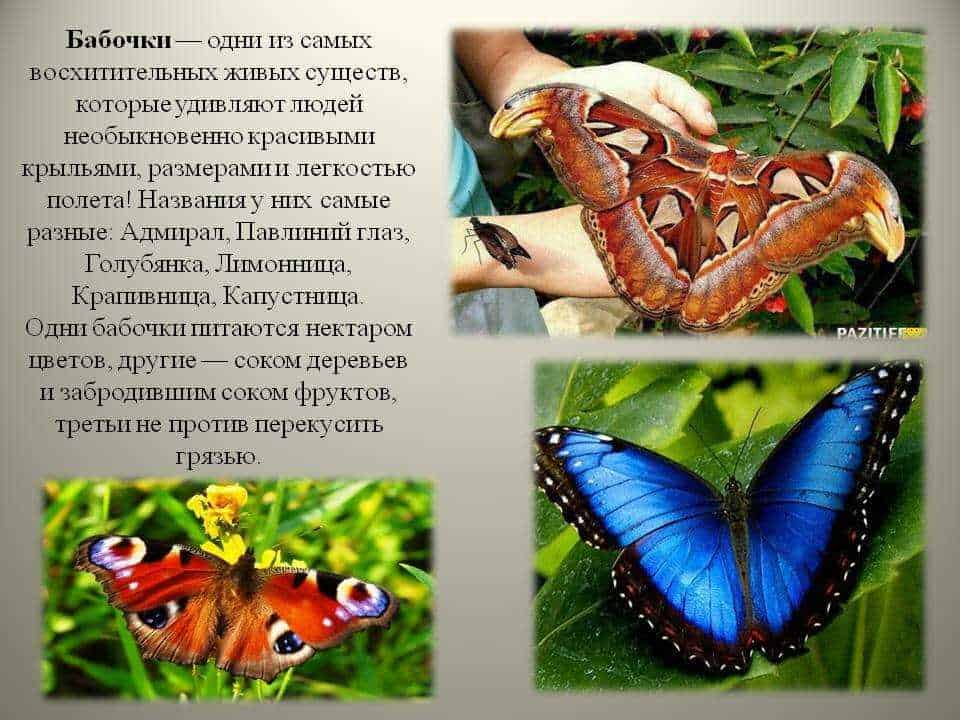
Butterflies occupy a special place in folk legends, because they accompany a person throughout his life, symbolizing change and transformation. In many cultures, butterflies are associated with the souls of the dead, who return to earth in a new form.
In Slavic mythology the butterfly is considered the spirit of the dead, which comes into the world in a new guise. In such legends, it is said that the butterfly brings with it the soul of the deceased in order to free it from earthly shackles and help it go to another world.
In Chinese culture butterflies are also associated with the spirits of the dead. There is a belief that a butterfly that flies into the house brings joy and good luck. They believe that if you catch a butterfly and release it into the wild, it will bring happiness and prosperity to the whole house.
In Indian mythology the butterfly is considered a symbol of the transformation and growth of the soul. It is believed that when a person dies, his soul turns into a beautiful butterfly that flies to heaven. The Indians also believe that the butterfly can convey messages from the dead to loved ones, so they treat this winged creature with respect.
In various cultures, butterflies are also associated with birth, love and freedom. They symbolize beautiful changes, singing beauty and tenderness. Butterfly folklore reminds us that life is constantly changing, and every moment of change can bring something new and beautiful.
Charms and amulets depicting butterflies
Butterflies are considered magical creatures, so their image is often used on charms and amulets. In various cultures, the butterfly symbolizes change, transformation and rebirth. Her beautiful wings and tenderness give the amulets a special energy.
Butterfly amulets can be used to attract happiness, love and spiritual growth. They are considered a symbol of lightness, freedom and attractiveness. Often such amulets are worn as decoration or kept at home to attract positive energies and protect oneself from negativity.
Butterfly amulets also have special powers. They can help in overcoming life's difficulties, help transform yourself and your destiny. The butterfly symbolizes the possibility of change and development, so amulets with its image can become support in achieving goals and realizing one's potential.
Charms and amulets depicting butterflies can have different shapes and materials. It can be pendants, pendants, rings, bracelets and even tattoos. It is important to choose such a talisman or amulet that evokes special feelings and emotions in you. Keep in mind that the power of a talisman or amulet depends on your faith and the intentions with which you use it.
Mythological creatures associated with butterflies
Butterflies are often associated with various mythological creatures across cultures. In Chinese mythology, the butterfly is considered a symbol of eternal life and immortality. She is the embodiment of the soul of the deceased and is considered the messenger of the gods.
In Greek mythology, the butterfly is associated with the character Psyche, who was transformed into the goddess of the soul. She was often depicted with butterfly wings, symbolizing her lightness and beauty.
In Mexican mythology, the butterfly is associated with the goddess of death, Mictlantecuhtli. She is considered the messenger between life and death, and her presence accompanies the passage of the soul to the other world.
In African mythology, the butterfly is associated with a guardian spirit that can take the form of a beautiful insect. It is considered a symbol of change, transformation and rebirth.
Thus, the butterfly in different mythologies and cultures plays different roles and carries different symbolic meanings, but is always associated with transformation, life and spiritual power.
Butterfly cult in ancient civilizations
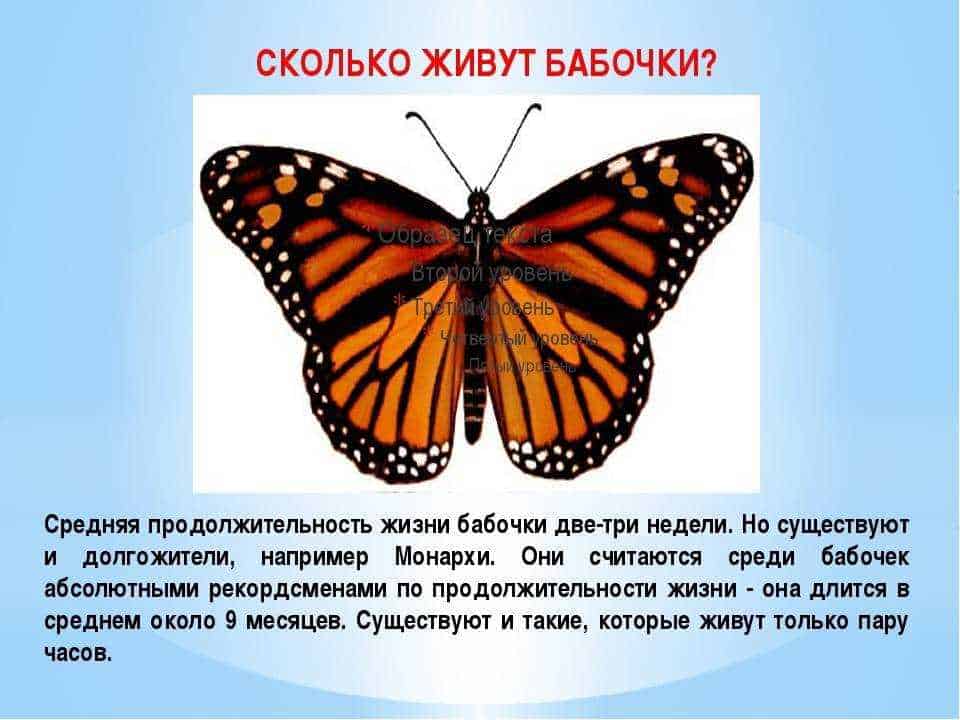
Butterflies were the object of worship and respect in many ancient civilizations. Their colorful and metamorphic nature was admired by people and associated with transformation and spiritual growth.
In ancient Egypt, butterflies were considered a symbol of the soul and immortality. Images of butterflies were often found on the walls of tombs and sarcophagi, which symbolized the transition of the soul to the afterlife.
In the culture of the ancient Greeks, butterflies were associated with the goddess of the soul, Psyche. According to mythology, she was a beautiful princess who underwent a series of trials and was turned into a butterfly. This myth symbolized the transformation of the soul and its ascent to the divine.
In Chinese culture, butterflies have been associated with love, joy, and happiness. They were a symbol of a beautiful woman and a happy family well-being. The image of butterflies has often been used in art and decorative items to attract positive energies and good luck.
In the ancient civilizations of Central America, such as the Maya and the Aztecs, butterflies were considered messengers of the gods and the souls of the dead. They also symbolized birth and rebirth, since the process of turning a caterpillar into a butterfly was similar to the cycle of life and death.
Butterflies in the art of different eras

Renaissance
During the Renaissance, butterflies were often used in art as a symbol of beauty and transformation. They were depicted in paintings and stained-glass windows, decorated with luxurious dresses and accessories. The butterfly became a metaphor for change, growth and transformation, which was reflected in the art of that time.
Romantic period
During the era of romanticism, butterflies were used in art as a symbol of ephemerality and tenderness. They often appeared in drawings and prints, as well as jewelry and accessories. Butterflies embodied the ideal of beauty and lightness, which reflected the romantics' desire for idealization and ideals.
Symbolism
In symbolism, butterflies have become one of the main symbols used to express complex emotions and thoughts. They were often depicted in paintings and in poetic works. Butterflies became a symbol of variability, elusiveness and transformation, which reflected the symbolist philosophy.
Modern Art
In modern art, butterflies are used as a frequent motif and symbol. They appear on paintings, sculptures and installations. Butterflies have become a symbol of nature and its vulnerability, as well as freedom and transformation. Their images convey ideas about beauty, uniqueness and the importance of conserving natural resources.
The biological significance of butterflies
Butterflies are one of the most common and numerous groups of insects. They play an important role in the ecosystem and are of significant biological importance.
Pollination of plants
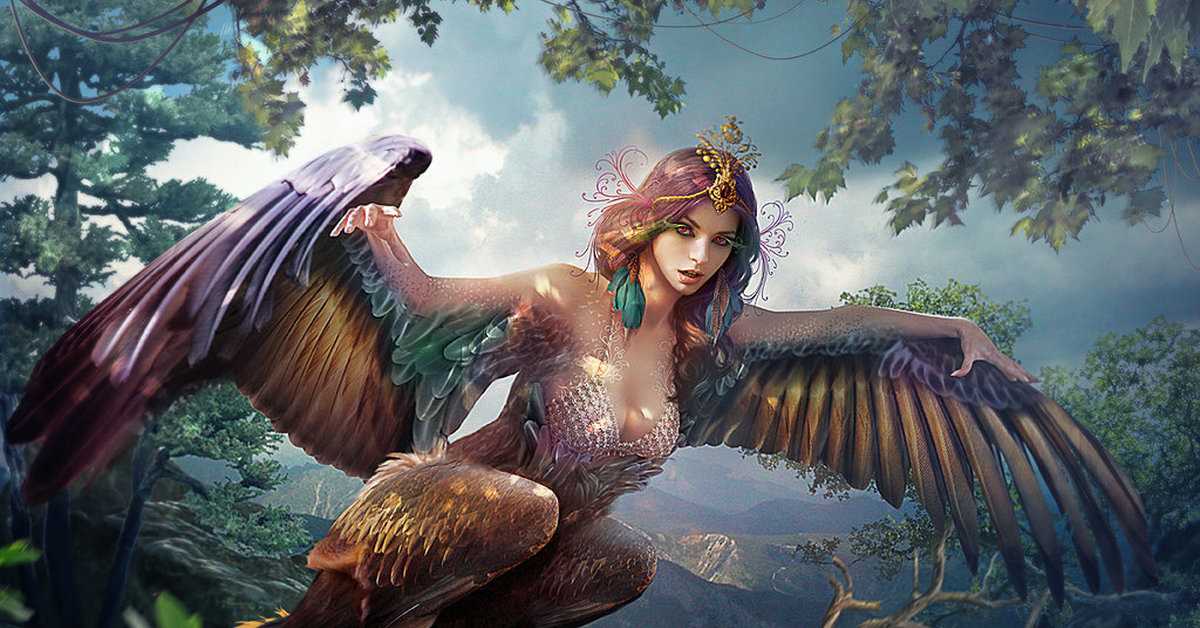
Butterflies are important plant pollinators. They carry pollen from one flower to another, helping plants reproduce. Through this process, butterflies help conserve biodiversity and increase the yield of many crops.
Role in the food chain

Butterflies are an important food source for many animals. Their caterpillars serve as food for birds, lizards, frogs and other predatory animals. In turn, adult butterflies serve as food for birds, bats and other predators. Thus, butterflies play an important role in the food chain and maintain balance in natural communities.
Ecological Status Indicators
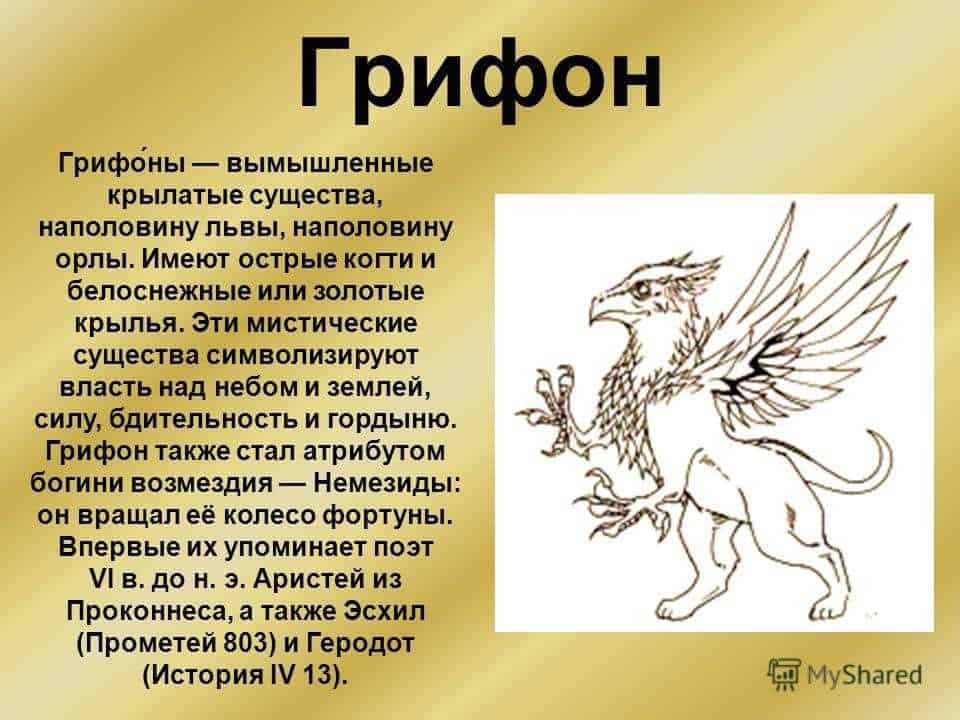
Butterflies are sensitive to changes in the environment and can serve as indicators of the ecological state. Changes in the abundance and diversity of butterflies can indicate disturbances in the ecosystem such as pollution, habitat loss, or climate change. Therefore, the study of butterflies helps scientists monitor and assess the state of natural ecosystems and take measures to preserve them.
Overall, butterflies play an important role in nature, providing pollination for plants, participating in the food chain, and serving as indicators of ecological health. Their beauty and diversity attract people's attention and are a source of inspiration for many cultures. Butterflies are not just beautiful creatures, but also important participants in natural processes.
The role of butterflies in ecosystems
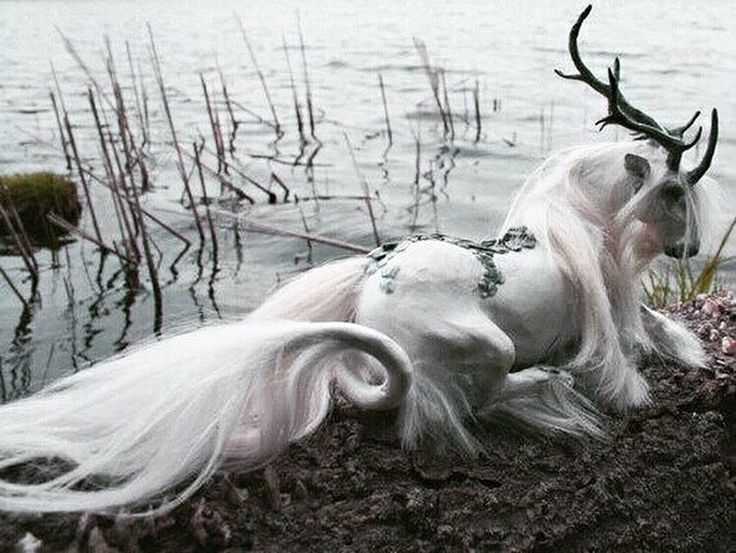
Butterflies play an important role in ecosystems, serving as pollinators and food objects for other living organisms.
One of the main functions of butterflies is to pollinate plants. Due to their ability to fly long distances and collect nectar, butterflies carry pollen from one flower to another, facilitating the process of pollination and plant reproduction. Thus, butterflies contribute to the conservation of the biodiversity of the plant world and the maintenance of ecological balance.
In addition, butterflies are an important link in the food chain. Various types of birds, mammals and insectivores feed on butterflies and their caterpillars. Because of this, butterflies are a food source for many animals, including rare and protected species.
It is also worth noting that butterflies serve as indicators of the state of the environment. Changes in butterfly populations can indicate changes in the ecosystem and allow scientists to monitor and study the state of the environment and its impact on living organisms.
The popularity of butterflies in modern culture
Butterflies are one of the most popular symbols in modern culture and are reflected in various walks of life. They attract attention with their beauty and elegance, and also symbolize lightness, transformation and freedom.
Butterflies are often used in fashion and design. Their images can be seen on clothes, accessories, shoes and jewelry. Butterflies are a popular motif for prints, embroidery and designs. They give products tenderness, elegance and romance.
Butterflies are also popular in art. Their images can be seen in paintings, engravings, wood carvings and other works of art. They serve as a source of inspiration for artists and symbolize transformation and change.
Butterflies also play an important role in literature and poetry. They are used as symbols of beauty, freedom and transformation. Butterflies are often associated with love, romance and dreams. Their images and references can be found in various works of world literature.
In conclusion, butterflies are popular symbols in modern culture. They attract attention with their beauty and elegance, and also symbolize transformation, freedom and lightness. Butterflies are reflected in fashion, design, art, literature and poetry, and are a source of inspiration for many people.
The influence of butterflies on fashion and design
Butterflies, with their beauty and lightness, have long attracted the attention of fashion designers and stylists. Their elegant shapes and vibrant colors have inspired fashion collections and accessories.
Butterfly motifs often used in prints on clothes, shoes and accessories. Their images can be both realistic and stylized in an abstract form. Often, butterflies are used in combination with other elements of nature, such as flowers or leaves, to create a harmonious and delicate look.
butterfly wings also inspired designers to create unusual shapes and silhouettes. The use of voluminous and curved lines in the design of clothes allows you to create an effect of lightness and movement, reminiscent of the flight of a butterfly. Such models are often presented on the catwalks and become popular among fashion connoisseurs.
Color spectrumthat nature offers in butterfly wings is also reflected in fashion. Bright and rich shades of purple, green, blue and orange are used in the design of clothing and accessories. They give the style a fresh and bright look, attracting attention and creating a festive mood.
butterflies — are symbols of transformation and beauty. They help us see beauty in the world and in ourselves. Using their images in fashion and design allows us to feel this beauty and tenderness, creating unique and elegant images.

